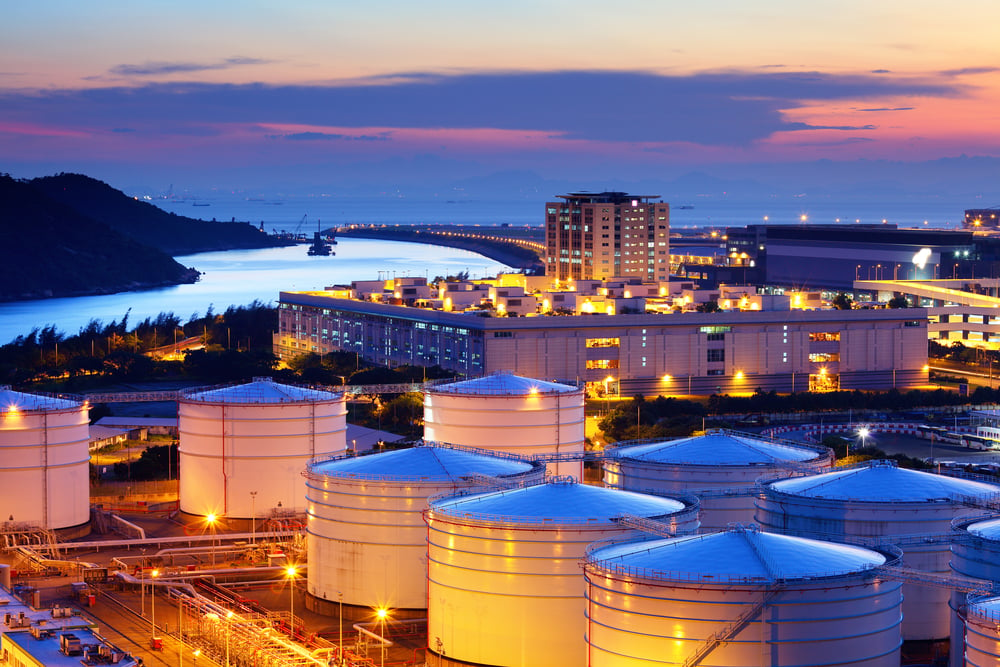The Importance of Pipeline Inspections
Most of us take energy for granted in our daily lives until something goes wrong. We know it is important but that usually does not hit home until the power grid goes dark and the lights go out or your vehicle runs out of gas on a lonely stretch of blacktop.
Yet, from the first thing each morning when we fire up the coffee maker to the moment we turn out the nightstand light and our heads hit the pillow, our modern lives rely on the oil and natural gas industry.
“Oil and natural gas play an essential role in powering America’s vibrant economy and fueling a remarkable quality of life in the United States,” said a U.S. Department of Energy’s Office of Oil and Natural Gas report released last October.
Oil and Natural Gas Power American Life
When that coffee starts to percolate there is an exceptionally good chance that the power behind it comes from oil and natural gas.
“Together, oil and natural gas provide more than two-thirds of the energy Americans consume daily, and we will continue to rely on them in the future,” said the U.S. Department of Energy report titled, “U.S. Oil and Natural Gas: Providing Security and Supporting Our Quality of Life”.
That oil and natural gas, so crucial to our economy, is produced in remote areas and the crude oil, petroleum products and natural gas must rely on a system of pipelines to reach consumers and businesses safely and efficiently.
These pipelines, tucked underground, move oil and natural gas through cities, suburbs, towns, and rural areas across America. While these pipelines may be “out of sight” for most Americans, they are not “out of mind” for the oil and natural gas industry which understands the importance of properly maintaining the vast network of pipelines crisscrossing the country.
Inspections Key to Maintaining Pipelines
Pipeline inspections are vital to maintaining the system and preventing failures that could.jpg?width=253&name=selim-arda-eryilmaz-Grg6bwZuBMs-unsplash%20(1).jpg) have significant consequences for both natural and human environments. If pipelines go unchecked, then issues such as corrosion or leaks could lead to serious damage to the environment and even lead to injury and death.
have significant consequences for both natural and human environments. If pipelines go unchecked, then issues such as corrosion or leaks could lead to serious damage to the environment and even lead to injury and death.
“An important element of an optimized maintenance process is to have a complete understanding of the mechanical integrity of a given pipeline or pipeline network,” wrote Dr. Michael Beller, head of Global Market Strategy Asset Care, Rosen Group, and Dr. Konrad Reber, head of Research and Development, Innospection, in their “In-Line Inspection and Inspection of Challenging Pipelines” training course in March in Amsterdam.
Fortunately, new technologies have made evaluating pipelines more efficient with robotic devices, called “smart pigs”, able to go through pipelines and inspect for anomalies such as corrosion or damage from past construction.
A wide array of tools and equipment is available to help make pipelines safe and operational such as GeoCorr’s Magnetic Flux Leakage technology and caliper technology.
What Happens if Pipelines are Not Inspected?
Pipelines can last decades but they can deteriorate over time and when a pipeline becomes corroded the metal becomes at risk of cracking, splitting, leaking, or rupturing.
If pipelines are not inspected and maintained, then the consequences are:
- Environmental Damage: When corroded or damaged pipelines leak, hazardous materials can run or seep into the ground and surrounding environment, causing potential harm to people and nature nearby.
- Risk of Explosion: When a pipeline weakens an overpressure event can happen that can lead to an explosion. Leaking gas and oil from pipelines can also cause an explosion if they meet heat or flames.
- Disruption of Service: While injury and environmental damage are the dire consequences, there are economic consequences as damaged pipelines will lead to disruption in service. When product does not flow through pipelines, companies lose revenue.
Aging Pipelines Vulnerable to Incidents
An example of what can happen with an older pipeline loses its integrity happened earlier this month when the Associated Press reported that federal regulators “ordered Hilcorp Alaska to replace a 7-mile undersea pipeline after a helicopter pilot spotted a natural gas leak bubbling to the surface.”
The leak was caused by a hole in the pipeline about a quarter of an inch. And as a result:
- Two offshore platforms, powered by the fuel from the pipeline, were temporarily shut down.
- The line must be temporarily repaired by April 17 and permanently repaired by May 1.
- The U.S. government Pipeline and Hazardous Materials and Safety Administration is requiring a restart plan be approved before the pipeline can resume operations.
Corrosion, both external and internal, is a leading cause of reported pipeline incidents according to research by ASM International.
Pipeline inspections can help accurately identify, mitigate, and communicate potential corrosions, cracks, and other anomalies.
Proper Pipeline Maintenance
Proper pipeline maintenance involves a three-prong approach:
- Inspections
- Repairs
- Prevention
Pipeline pigs can help identify potential issues before they become problems. If issues are identified, then repairs can be made with steel repair sleeves or composite wraps able to mitigate corrosion issues, while not shutting down the pipeline.
Damage to pipelines can occur when the community digs near the pipelines so communication is key with the digging community expected to call pipeline operators before they excavate and pipeline operators responsible for properly marking their pipelines in advance of digs.
Contact GeoCorr to learn more about how our data analysis, with 75+ combined years of experience, can provide accurate inspections to improve your pipeline safety.


